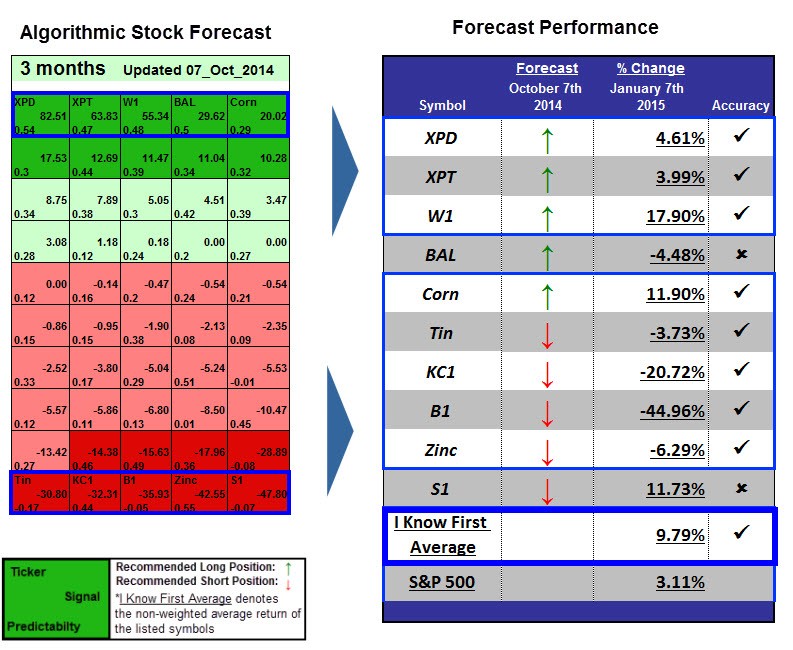Investing in gold and commodities
Post on: 27 Май, 2015 No Comment

How to invest in commodities
by Puru Saxena
Our lives depend on commodities yet most are too afraid to invest in them. Whereas growth stocks and real estate are considered ‘safe bets that can only go up,’ even the mention of the word ‘commodities’ creates tremendous fear amongst the public.
Human beings are totally dependent on commodities, period. Everybody needs food and clothing to survive as well as energy to go about the business of living. What amazes me though is how people know so little about commodities. Nobody seems to care, and ‘things’ are just taken for granted.
Every so often, however, commodities get their revenge and the limelight they rightly deserve. When raw materials are in great demand and supplies are extremely tight, commodities make headlines all over the world as prices soar. Now, we are witnessing another such time. The new bull-market is here, but it is not in financial assets (stocks and bonds); it is in commodities.
How to invest in commodities: Bull-markets in commodities
History is dotted with massive bull-markets in commodities, which occurred regularly. In fact, over the past 200 years, we had five major booms in natural resources. The shortest boom I could find lasted 15 years, and the longest one continued for 40 years! The current bull-market started in 2001 when commodities (adjusted for inflation) were the cheapest they had ever been. So, this bull-market is still an infant as far as commodity bull-markets go with the potential of becoming the grand daddy of all bull-markets.
Why do commodity bull-markets last for such a long time? you may wonder. The answer can be summed up in two words — supply and demand.
When demand is on the rise, it takes years to increase the supply. Unlike financial assets, the supply of commodities cannot be increased at will.
Consider crude oil as an example. Despite our desperate need for increasing oil production, not a single gigantic oil field has been discovered in the past 35 years. Now, let us assume that a huge oil field is discovered tomorrow. While that would be great news, it would still take years before the infrastructure is built to bring this new oil to the consumer. In the meantime, oil will continue to surge. Similar supply-constraints also apply in the case of gold, silver, sugar, corn, coffee or wheat — wonderful news for the commodity-investor.
How to invest in commodities: A highly inflationary world
Moreover, we are living in a highly inflationary world. Most central banks continue to print money like there is no tomorrow. The money supply is surging by roughly 10% per annum in most developed nations. So, this excessive liquidity has to find a home somewhere, and in highly inflationary times, it usually goes into commodities because their supplies cannot be increased at will. You can be rest assured that central banks around the world will continue to print money for as long as they can. If they don’t, the $46 trillion debt in the United States will become even more of a problem and lead the world to a depression. The truth is that money printing (inflation) makes debt less formidable. Due to inflation, the hundred dollars you owe today ‘feel’ like a lot less in ten years time. So, monetary inflation is another very good reason why you want to protect your wealth by investing in commodities.
While many are concerned about the risk involved with investing in commodities, a recent study conducted by professors from the Yale University and Wharton School reveals that as an asset-class, commodities outperformed both stocks and bonds since 1959 — and with lower volatility when compared to stocks. This study is clearly a milestone, as it eliminates the myth associated with commodity investing. In fact, I would argue that investing in commodities is much simpler than investing in stocks or bonds because you do not have to worry about the management issues of a particular company or industry. All you need to know when investing in any commodity is how much of this stuff is around and how much is being used up.
How to invest in commodities: Long-term
I first started investing in commodities five years ago amongst widespread scepticism from investors. Today, I continue to accumulate commodities for the long-term as I feel that the current boom will last for another 10-15 years based on historical patterns.
The main drivers behind this boom are the rapid urbanization and industrialization of China and India. As these two economies continue to power ahead, they will require a lot of commodities over the coming years.

Metals and energy will be needed to build cities and food will be in great demand as the 2.4 billion Chinese and Indians acquire more wealth. It is worth noting that per-capita consumption levels in these two most populated countries are amongst the lowest in the world and expected to rise rapidly. So, even a small increment in demand will cause shockwaves in commodity prices.
How to invest in commodities: Wealth preservation strategy
In the current economic environment, where monetary inflation is rampant, every investor must take a position in commodities as a wealth preservation strategy. Now, I am not saying that you should sell all your assets and put everything in tangibles. After all, this bull-market will be punctuated with periods of correction and nothing beats a good night’s sleep. How much you invest is a personal decision, but consider allocating 20-25% of your net-worth as a starting point and add when you make some profits.
Up until now, metals and energy have appreciated significantly. On the other hand, soft commodities such as cotton, wheat and corn have not gone up much and here lies a fantastic investment opportunity for the long-term investor. Adjusted for inflation, grains have never been cheaper in over 200 years. Now that’s what I call value!
Original article at The Daily Reckoning. April 10, 2006
by Puru Saxena
Puru Saxena is the editor and publisher of Money Matters, an economic and financial publication now available at www.purusaxena.com. An investment adviser based in Hong Kong, he is a regular guest on CNBC, BBC, Bloomberg, NDTV Profit and writes for several newspapers and financial journals.
The commentary/opinions offered by all guests at this venue are expressly their own and do not necessarily represent the views of the management or staff of USAGOLD — Centennial Precious Metals.














